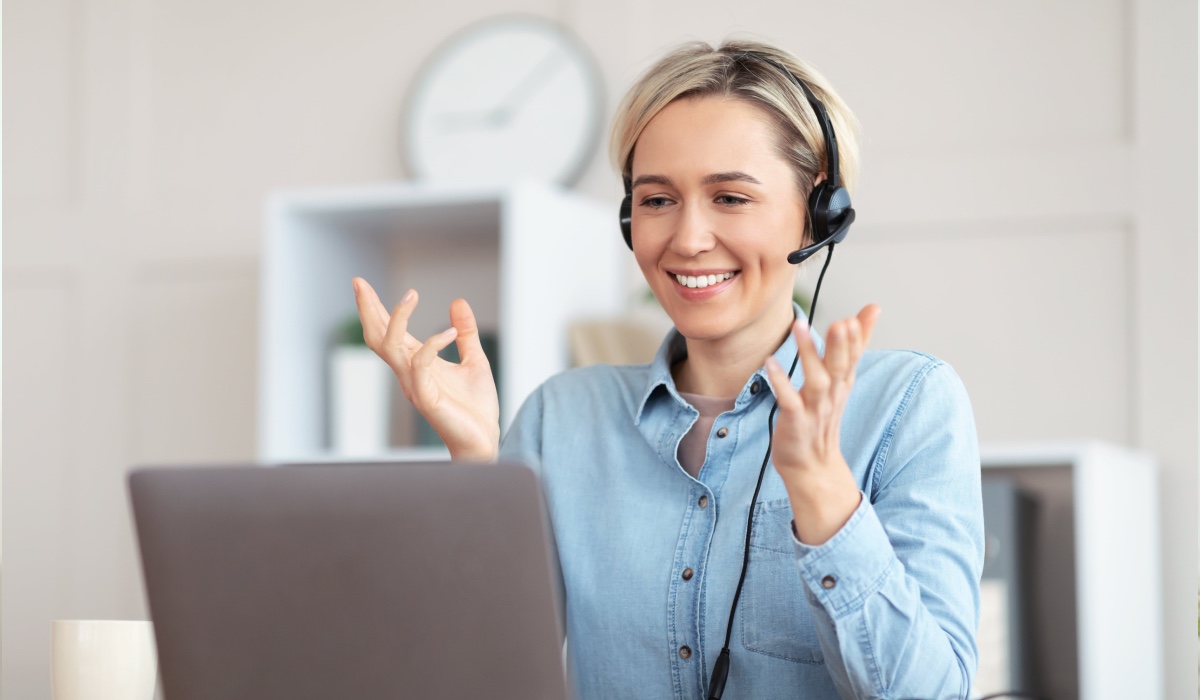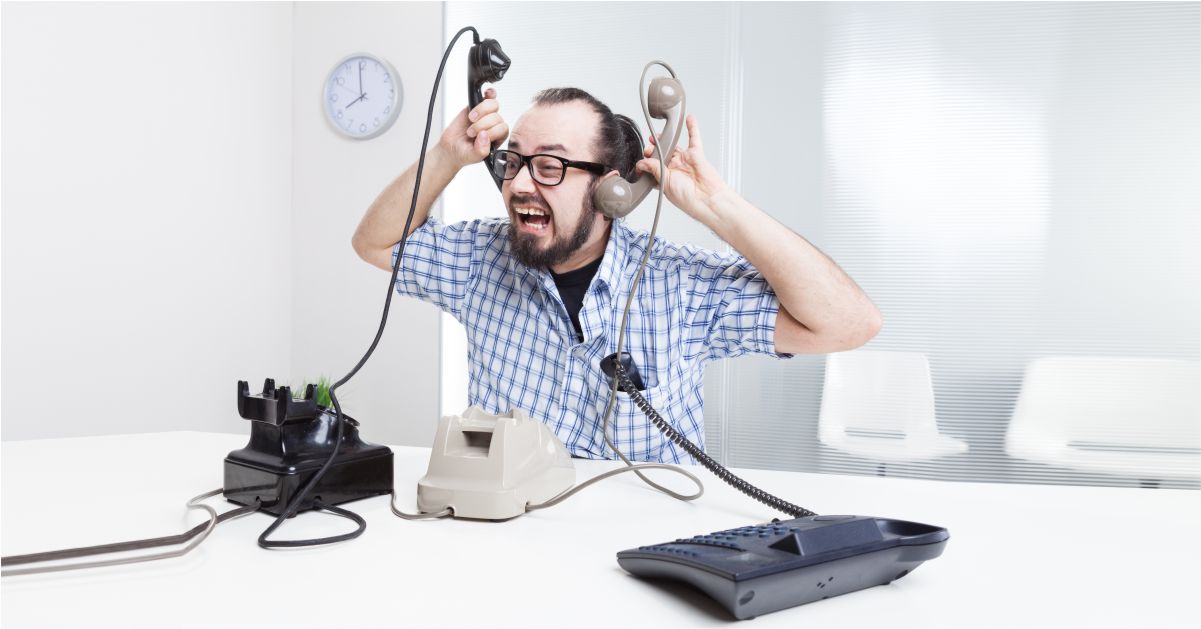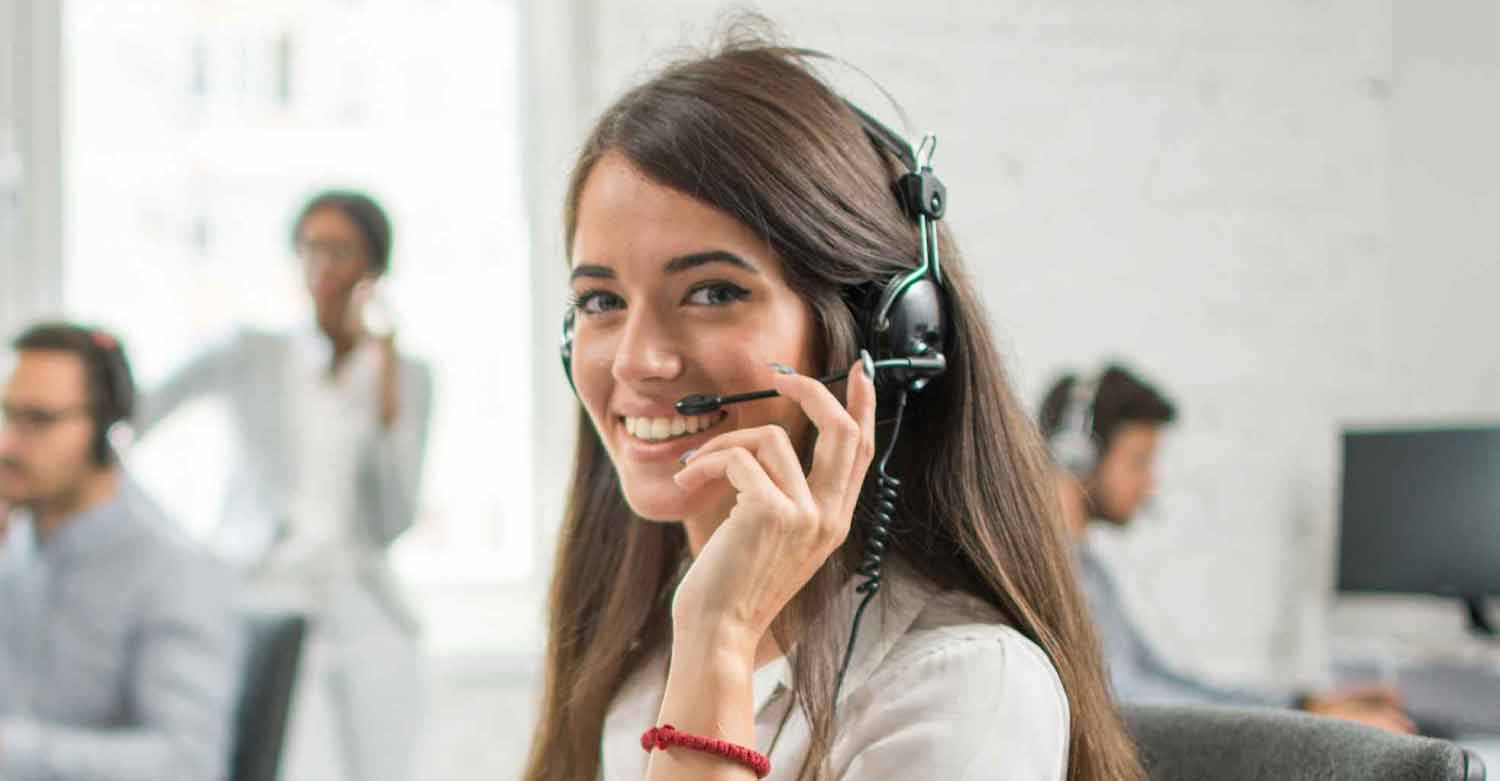All Categories
Featured
Table of Contents
- – Best What To Look For In A Phone Answering Serv...
- – What Is The Best What Are Business Call Answer...
- – What Is The Best Call Service: 24/7 Live Phone...
- – How To Buy The Best Telephone Answering Servi...
- – Who Is The Best Answering Service Operator: W...
- – Whats The Best How Does An Answering Service...
Best What To Look For In A Phone Answering Service For Your ... Deals Near Me
This gadget and its followers were designed by Sava Jacobson, an electrical engineer with a personal consulting business. While early answering makers utilized magnetic tape technology, most modern-day equipment utilizes solid state memory storage; some devices use a combination of both, with a solid-state circuit for the outbound message and a cassette for the incoming messages.
"toll conserving" below) (professional phone answering service). This works if the owner is evaluating calls and does not want to talk with all callers. In any case after going, the calling celebration should be notified about the call having actually been addressed (in many cases this starts the charging), either by some remark of the operator, or by some greeting message of the little bit, or addressed to non-human callers (e.
This holds especially for the TADs with digitally kept welcoming messages or for earlier machines (prior to the rise of microcassettes) with an unique limitless loop tape, separate from a second cassette, committed to recording. There have actually been answer-only devices without any recording capabilities, where the greeting message had to notify callers of a state of current unattainability, or e (professional phone answering service).
What Is The Best What Are Business Call Answering Services? - Chalkboard Right Now

about availability hours. In taping TADs the welcoming usually includes an invitation to leave a message "after the beep". A voice mail that uses a microcassette to tape-record messages On a dual-cassette answerphone, there is an outgoing cassette, which after the specified number of rings plays a pre-recorded message to the caller.

Single-cassette voice mail contain the outgoing message at the start of the tape and incoming messages on the staying space. They first play the statement, then fast-forward to the next readily available space for recording, then tape the caller's message. If there are numerous previous messages, fast-forwarding through them can trigger a substantial delay.
This beep is frequently referred to in the welcoming message, asking for that the caller leave a message "after the beep". Littles with digital storage for the tape-recorded messages do not show this hold-up, of course. A little bit might offer a push-button control facility, whereby the answerphone owner can sound the home number and, by going into a code on the remote telephone's keypad, can listen to taped messages, or erase them, even when away from house.
What Is The Best Call Service: 24/7 Live Phone Answering Services For Small ... And Why

Thereby the device increases the number of rings after which it answers the call (normally by 2, resulting in four rings), if no unread messages are presently kept, but answers after the set variety of rings (usually two) if there are unread messages. This permits the owner to find out whether there are messages waiting; if there are none, the owner can hang up the phone on the, e.
Some makers also permit themselves to be remotely triggered, if they have actually been turned off, by calling and letting the phone ring a specific a great deal of times (normally 10-15). Some service companies desert calls currently after a smaller variety of rings, making remote activation impossible. In the early days of TADs an unique transmitter for DTMF tones (dual-tone multi-frequency signalling) was regionally needed for remote control, given that the formerly employed pulse dialling is not apt to communicate proper signalling along an active connection, and the dual-tone multi-frequency signalling was implemented step-by-step.
Any inbound call is not recognizable with regard to these residential or commercial properties in advance of going "off hook" by the terminal devices. So after going off hook the calls must be switched to suitable devices and only the voice-type is right away accessible to a human, but maybe, however ought to be routed to a TAD (e.
How To Buy The Best Telephone Answering Service - Dexcomm - U.s. Based
What if I told you that you do not have to actually choose up your gadget when responding to a client call? Somebody else will. So practical, best? Addressing telephone call doesn't need someone to be on the other end of the line. Efficient automated phone systems can do the technique simply as efficiently as a live representative and sometimes even much better.
An automated answering service or interactive voice action system is a phone system that interacts with callers without a live individual on the line - business answering service. When companies utilize this innovation, customers can get the answer to a question about your business merely by utilizing interactions established on a pre-programmed call flow.
Although live operators update the client service experience, many calls do not need human interaction. A simple recorded message or directions on how a customer can retrieve a piece of details usually fixes a caller's instant need - virtual telephone answering service. Automated answering services are an easy and efficient method to direct inbound calls to the right individual.
Who Is The Best Answering Service Operator: What Is It? And How To ... Manufacturer
Notice that when you call a business, either for support or item inquiry, the first thing you will hear is a pre-recorded voice welcoming and a series of options like press 1 for customer care, press 2 for questions, and so on. The pre-recorded choices branch off to other options depending on the customer's choice.
The phone tree system assists direct callers to the right individual or department utilizing the keypad on a mobile phone. In some instances, callers can utilize their voices. It deserves noting that auto-attendant choices aren't limited to the 10 numbers on a phone's keypad. Once the caller has actually selected their very first choice, you can create a multi-level auto-attendant that uses sub-menus to direct the caller to the right kind of assistance.
The caller does not have to interact with a person if the auto-attendant phone system can handle their concern. The automated service can route callers to a worker if they reach a "dead end" and need support from a live agent. It is pricey to hire an operator or executive assistant.
Whats The Best How Does An Answering Service Work?
Automated answering services, on the other hand, are considerably less costly and supply substantial expense savings at approximately $200-$420/month. Even if you do not have devoted personnel to deal with call routing and management, an automatic answering service improves productivity by enabling your group to concentrate on their strengths so they can more efficiently spend their time on the phone.
A sales lead routed to customer support is a lost shot. If a consumer who has product questions reaches the wrong department or gets insufficient responses from well-meaning staff members who are less trained to handle a specific type of question, it can be a reason for aggravation and dissatisfaction. An automated answering system can decrease the variety of misrouted calls, therefore helping your employees make better usage of their phone time while maximizing time in their calendar for other jobs.
With Automated Answering Systems, you can create a tailored experience for both your personnel and your callers. Make a recording of your primary greeting, and merely update it routinely to reflect what is going on in your company. You can produce as numerous departments or menu alternatives as you want.
Table of Contents
- – Best What To Look For In A Phone Answering Serv...
- – What Is The Best What Are Business Call Answer...
- – What Is The Best Call Service: 24/7 Live Phone...
- – How To Buy The Best Telephone Answering Servi...
- – Who Is The Best Answering Service Operator: W...
- – Whats The Best How Does An Answering Service...
Latest Posts
Honest Live Receptionist Service Near Me – Darwin 0830
Top Business Phone Answering Services ( Australia 5061)
Thorough Call Answering Service (Scarborough)
More
Latest Posts
Honest Live Receptionist Service Near Me – Darwin 0830
Top Business Phone Answering Services ( Australia 5061)
Thorough Call Answering Service (Scarborough)